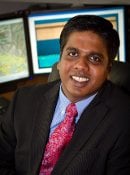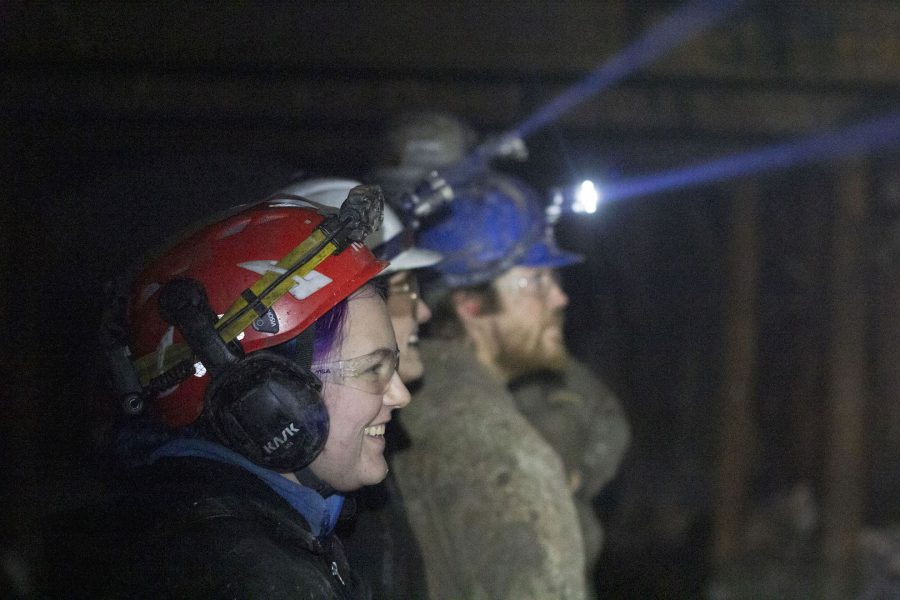 Simon Carn is the principal investigator on a project that has received a $325,000 research and development grant from the National Aeronautics and Space Administration.
Simon Carn is the principal investigator on a project that has received a $325,000 research and development grant from the National Aeronautics and Space Administration.
The project is entitled, “Tracking Volcanic Gases from Magma Reservoir to the Atmosphere: Identifying Precursors, and Optimizing Models and Satellite Observations for Future Major Eruptions.”
This is a potential three-year project.











